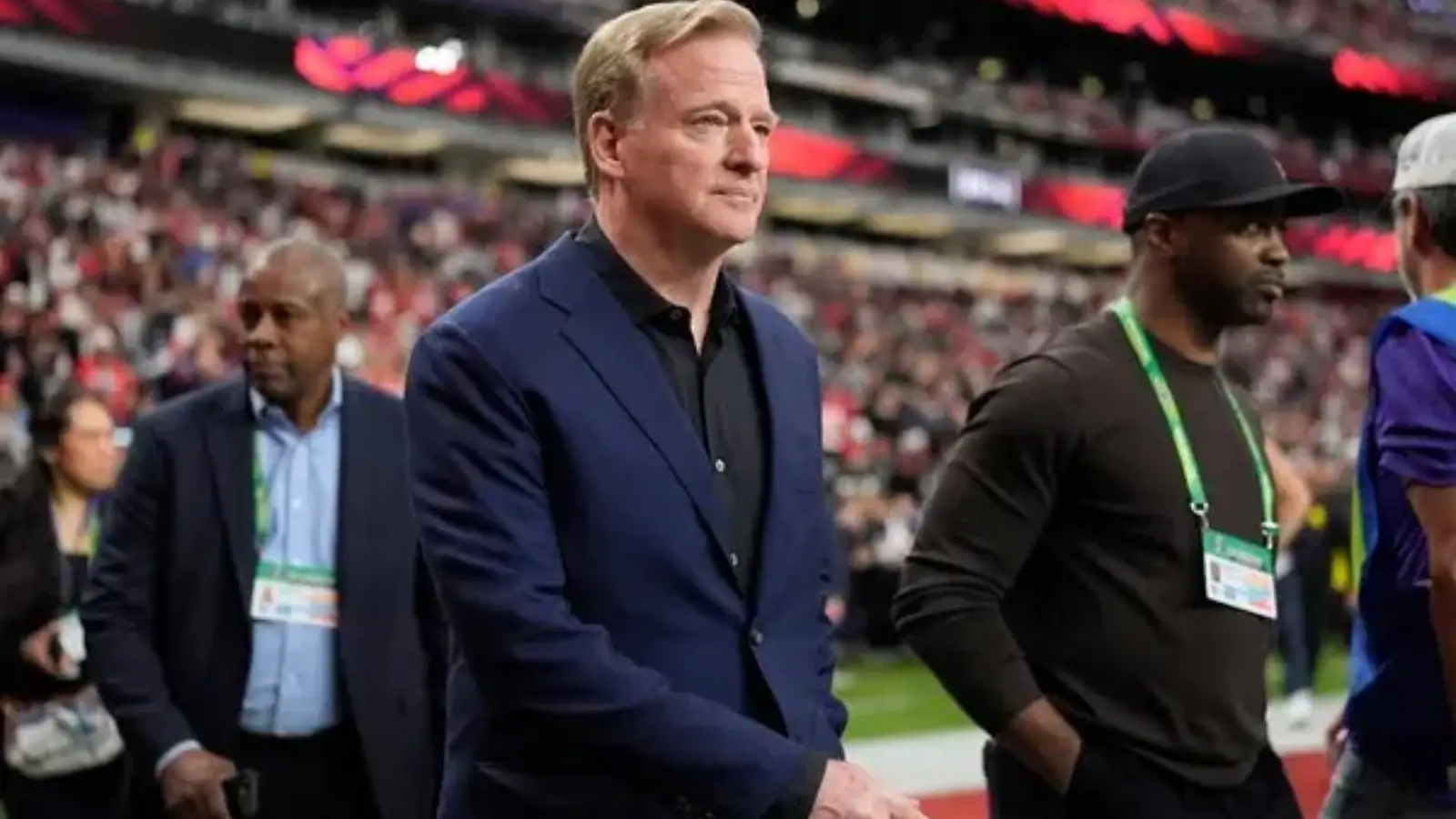


The National Football League’s transformation into a $20 billion-plus powerhouse has been fueled by record-breaking media rights and innovative streaming deals that redefine how sports are consumed. Its 11-year, ~$110 billion domestic media-rights cycle (2023–2033) spanning CBS, Fox, NBC, ESPN/ABC, and Amazon—now complemented by streaming-first tentpoles like Amazon’s TNF, Peacock’s playoff exclusive, and Netflix’s Christmas Day slate—has reshaped distribution, advertising, and audience demographics. These agreements expand reach, diversify ad opportunities, attract younger viewers, and create a fragmented ecosystem that teams, networks, and sponsors must navigate carefully.
The current U.S. media-rights cycle runs from 2023 through 2033 and is estimated at ~$105 billion to ~$110 billion across all partners. This monumental agreement cements the NFL’s dominance across both traditional linear broadcasting and streaming. CBS retains AFC Sunday games; Fox maintains NFC rights; NBC controls Sunday Night Football; and ESPN/ABC secure Monday Night Football along with select Super Bowls.
Under the agreement, streaming rights are deeply integrated. Paramount+, Peacock, and ESPN+ each carry live NFL games, expanding distribution beyond traditional cable. Super Bowl rights rotate among the major networks—CBS (2023, 2027, 2031), Fox (2024, 2028, 2032), NBC (2025, 2029, 2033), and ESPN/ABC (2026, 2030)—ensuring consistent exposure and revenue balance.
Peacock’s exclusive AFC Wild Card game between the Dolphins and Chiefs shattered streaming records, with ~23.0 million average viewers and a total reach of 27.6 million. This event validated the viability of premium, paid-wall playoff games. Amazon’s 2024 Thursday Night Football averaged ~13.2 million viewers, marking an 11% year-over-year increase and attracting a younger demographic. Amazon reported 103.1 million total unique viewers across TNF, its Black Friday broadcast, and its first Wild Card game.
Netflix’s three-season Christmas Day deal (2024–2026) adds another layer of streaming innovation, putting at least one game on the platform in 2025 and 2026, with per-game costs under ~$150 million. YouTube’s assumption of Sunday Ticket rights from DirecTV drew an estimated ~1.3 million subscribers in 2023, with Google promoting features like multiview and product upgrades.
League revenue reached ~$23 billion in FY 2024, with a public target of ~$25 billion by 2027. Media continues to dominate as the NFL’s single largest revenue line. The combined power of these deals secures the NFL’s push toward the $20 billion–$23 billion annual-revenue tier, ensuring long-term financial stability.
This growth reinforces how vital content distribution is for the league’s ecosystem. With diversified income streams across broadcast, cable, and digital platforms, the NFL now commands unprecedented leverage in global sports entertainment.
Streaming partners emphasize younger demographics and incremental reach. Amazon and Nielsen data reveal consistent TNF growth year over year, validating addressable advertising and dynamic targeting models.
Ad technology is redefining engagement: customized placements, interactive overlays, and split-screen experiences integrate data analytics with viewer behavior. Production innovations include real-time statistics, chat features, and multi-camera views, enriching how fans consume the game.
Despite unprecedented accessibility, fans express frustration with subscription stacking. Accessing every broadcast window often requires multiple services—Amazon, Netflix, ESPN/ABC, NBC, CBS/Fox, and YouTube’s Sunday Ticket. This complexity contrasts with traditional viewing simplicity.
Still, record viewership for exclusives like Peacock’s playoff broadcast and Amazon’s TNF proves that fans will follow marquee games. Teams, networks, and sponsors now navigate a fragmented ecosystem using analytics and engagement strategies, even leveraging DFS NFL optimizer-style tools to personalize experiences and keep fans connected amid subscription fatigue.
Roger Goodell and NFL Media executives champion long-term, multi-platform stability while promoting international expansion. Their strategy ensures sustained revenue while cultivating new audiences abroad.
Meanwhile, partners like Amazon, NBCUniversal, YouTube, and Netflix promote audience growth through ad innovation and advanced analytics. Analysts at S&P Global and SportsPro consistently cite the NFL as the gold standard for live-rights economics, highlighting how its pricing power and content reliability anchor the broader sports media market.
Fans appreciate flexible viewing options and the modernized experience that streaming offers. However, they voice concern over fragmentation and rising subscription costs. Many still seek a consolidated model that simplifies how they access games.
The success of Peacock’s playoff numbers and Amazon’s TNF surge underscores that audiences are willing to follow major matchups wherever they are streamed. Yet, achieving full-season coverage often means juggling several subscriptions, creating tension between accessibility and convenience.
Franchises benefit immensely from the NFL’s lucrative media ecosystem. Team valuations and sponsorship revenues have climbed thanks to the league’s predictable, high-yield rights cycle. The influx of digital exposure enhances sponsor visibility across multiple platforms.
Sponsors must now adopt multi-channel activation strategies—spanning broadcast, streaming, mobile, and even social platforms—to measure engagement beyond ratings. Teams, meanwhile, face the challenge of marketing to fragmented audiences, combining data analytics with creative engagement tools.
With revenues exceeding ~$23 billion in 2024 and a projected ~$25 billion by 2027, the NFL’s upward trajectory appears secure. International games, streaming-first showcases, and new ad models promise fresh growth opportunities.
The league continues to diversify with events like Christmas Day matchups and Black Friday specials, adding more commercial windows and driving bidding competition. These innovations ensure the NFL remains central to global sports business conversations well into the next decade.
The NFL’s evolution into a $20 billion-plus global brand exemplifies how media rights and streaming innovation can redefine an entire industry. The 2023–2033 rights cycle worth ~$105–$110 billion, combined with strategic streaming partnerships across Amazon, Peacock, Netflix, and YouTube, has built a flexible, multi-platform empire. With revenues already past ~$23 billion and aiming for ~$25 billion by 2027, the league stands as the definitive model for premium live sports economics. Fans may face subscription fatigue, but the NFL’s integration of technology, ad innovation, and audience analytics ensures its continued dominance in shaping the future of sports entertainment.